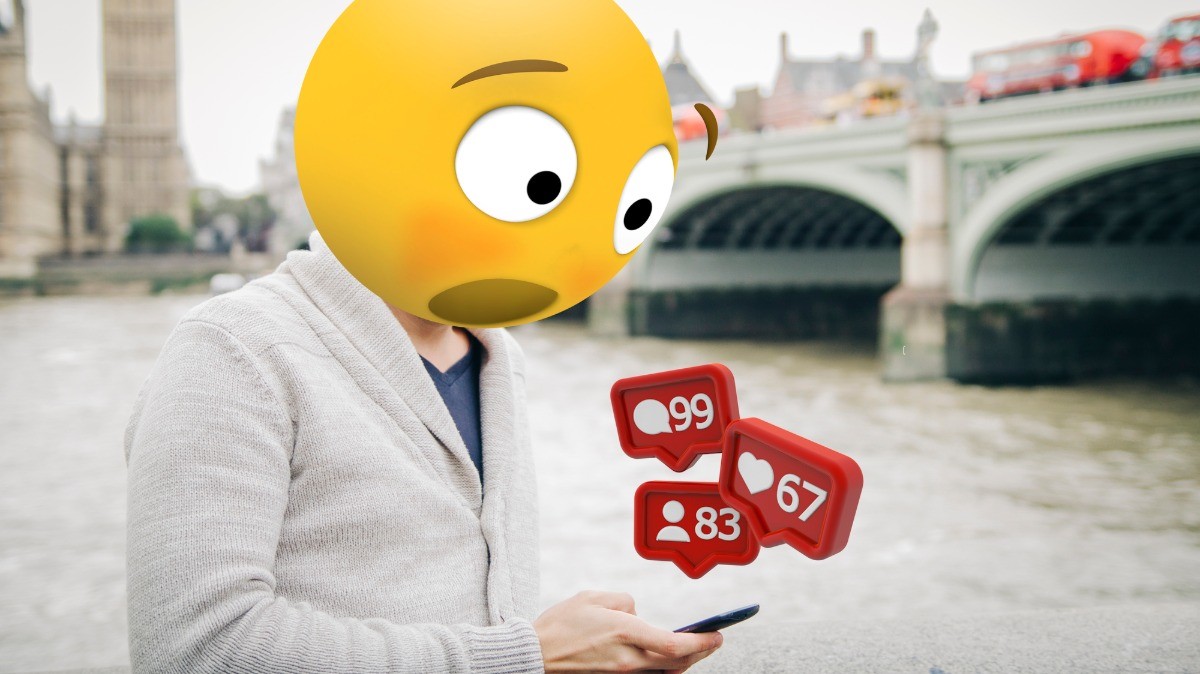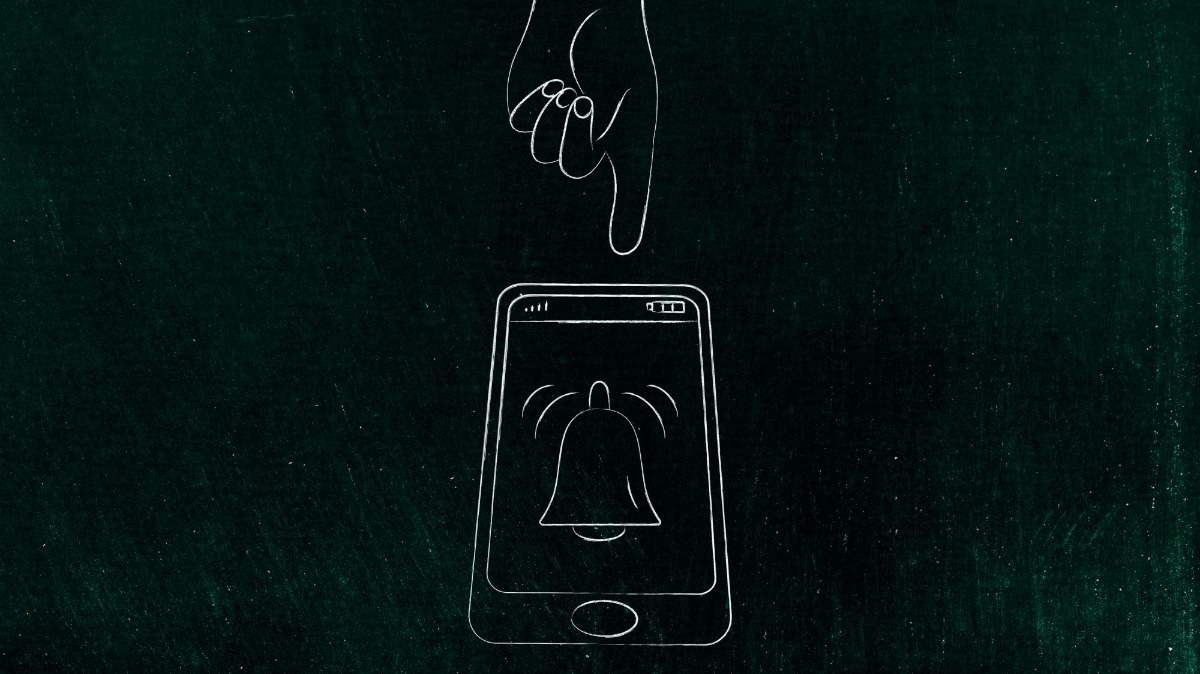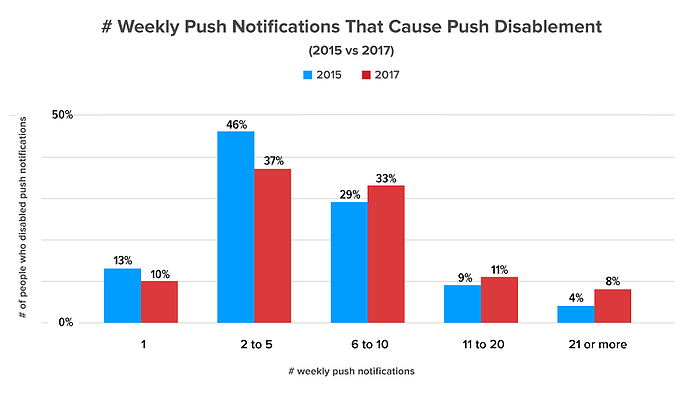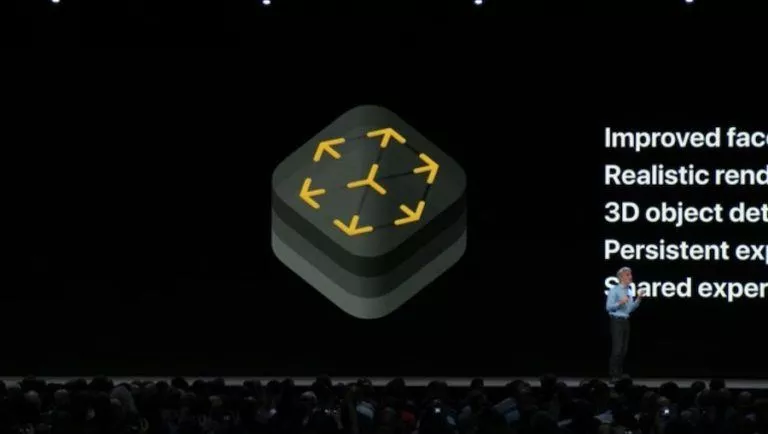How Smartphone Notifications Trick Your Brain?

Every day I wake up in the morning and find my phone crowded with tons of push notifications — a technology that lets app makers poke us whenever they want regardless of whether we want it or not.
While we do have the option of dislike being stuck between not wanting to miss out on the important notification but also getting annoyed by so many of them
What are push notifications?
Early implementations of push notifications in the consumer world were seen on Blackberry smartphones. Years later, they are now a common sighting on a slew of iOS and Android smartphones available today.
Push notifications are messages that can be pushed by the server onto a device without requiring the user to initiate any request. In that case, it would be called a ‘pull‘ notification.
Each of these notifications wants to grab my attention, trying to convince me to see what’s hidden inside. But, practically, it’s not possible to check each and every notification.
I find myself scrolling through the long list to see if there’s anything important that I need to know. It could be some important text message, an alert, or some work-related stuff. Otherwise, on most days I end up pressing the “Clear All” button to get rid of all of them in a single go.
You also might be in a similar situation. But after seeing these interruptions every day, does it make you curious how these notifications work?
I mean, how can some notifications trick our brains to the extent where we can’t resist the urge to tap? Meanwhile, some of them just pile up in the notification shade and never grab the attention of users.
Of course, there’s a lot of human psychology behind it. App developers are doing their best to understand how the human brain works. How could this be beneficial in making people stick to their apps? That’s why many companies write fat paychecks for humans known as UX designers.
The science behind push notifications

Recently, I saw an article co-authored by behavioral designer Nir Eyal and design researcher Ximena Vengoechea. I came to know that there are two types of triggers – external and internal – that can affect our brain’s thought process. Generally, speaking triggers are sparks that motivate us to finish a particular action.
External triggers are outside factors that prompt users to take action such as tapping the “Click here” button or the red notification badge you see on Facebook and want to get rid of it immediately.
On the other hand, internal triggers are based on human emotions and memories. These triggers are not visible. For example, when you get bored you might want to binge-watch something on Netflix or when you want a dose of information you might browse Wikipedia.
The goal of the app makers is to create a situation where people become addicted to their product. And this is done by combing the external and internal factors, giving the users what they want (or need) at the right time.
For instance, you might be planning a trip in the coming months and suddenly a notification pops-up giving you discounts on flight tickets. You are more likely to tap on that notification now, than if it had arrived after you returned from the trip.
Another example is when I reach a metro station and Google quickly throws a notification at me with the details of the upcoming trains, or if the metro is facing any delays. Such alerts can be quite useful when you’re in a new city.
There is more to these notifications than just timing them well – they should be relevant. You won’t click a notification giving you discounts on bus rides when you are trying to find cheap flights.
Also, the actions that are required from the user should be simple to execute. For example, the way apps like WhatsApp present notifications makes it easy for the user to check new messages and respond to them.
Another important thing is that a good trigger should incite curiosity and offer variability. Of course, if an app shows similar notifications on your device every day, eventually you’ll get bored of it might disable it forever. Incorporating the intrigue factor into a notification would motivate users to perform the desired action.
App makers have to make the extra effort and come up with something that has a surprising element for the users. And given the usage of notifications, they need to do it quite often in order to retain users’ attention.
Ring the bell
Now, one might be to build an efficient notification system. But adding to that is a question — how to initiate a physical response from users when they’re not looking at their phones?
You can find the roots of this in the 19th century. In the 1890s, Russian psychologist Ivan Pavlov performed an experiment where he trained his dog to salivate when a bell was rung as a signal for mealtime.
In other words, he was able to teach the dog to drool before getting in contact with food. This thing was later conceptualized as Classical Conditioning by J.B. Watson in 1913.
In modern-day scenarios, all those rings, beeps, and buzzes are put in place to initiate such involuntary responses. So, even when you’re in the middle of something really important, your hand automatically reaches your phone when you hear a ‘ting‘.
Surely, the dog was able to behave the way Pavlov might have intended. But humans are far more advanced animals and that’s why the apps need the above-mentioned triggers to make them perform the desired actions.
Anti-notifications

Adding to this, there is another thing that might affect the way you perceive notifications. Adrian Zumbrunnen, a designer at Google, likes to call it Anti-Notifications.
An example could be a notification of a random friend sharing photos from a vacation. These are kind of notifications that you see more often and they are designed to gain the user’s attention for a short period of time. However, these are more general than personalized.
He compares them to the famous Aesop fable where a shepherd boy repeatedly alarmed villagers that a wolf was attacking the sheep. Ultimately, the villagers understood his mischief and didn’t do anything when the wolf arrived.
In the same way, too many of these notifications will eventually make them “lose their efficacy” if they lack personal value work.
“They’re a powerful tool to increase engagement in the short-term, but they might very well be what makes the entire notification bubble burst,” he said.
What’s more?
Modern smartphone notifications aren’t just an outcome of human psychology study, there is a lot more to it. To throw relevant and timely notifications, the apps and operating systems need to track a lot of things such as device activity, usage habits, location, etc.
It isn’t just the notifications, you can find convincing triggers in many places, like the red-colored badges on the home screen, reminders about software updates, and so on. In fact, a change as simple as the color of a button can make a big difference.
Speaking by the numbers
Various studies have suggested that push notifications often drive app engagement and are preferred over sending emails. But a survey published by Localytics last year highlighted the fact that with time, people have become more immune to them.
It compared the numbers between 2015 and 2017 and concluded that if an app sends between 2 to 5 notifications per week, around 46% people in 2015 were likely to disable the notifications as compared to 37% in 2017.
If an app sends like 20 notifications per week, users in 2017 are more likely to disable notifications than in 2015.
The survey also highlights the fact that users prefer notifications that are based on their stated preferences instead of their app activity.
Can we get rid of push notifications?
Over the years, tech companies and app makers have realized that they might be going too far to keep people glued to their phones. In worst cases, this has given birth to mental health issues related to smartphone usage.
So companies are now adding some features to keep people away from notifications, or at least make them less distracting. For example, when you repeatedly swipe away some notification, Android asks you whether you want to keep viewing such notification or not. There are also features that can help you customize notifications or completely disable them altogether.
Also Read: 10 Simple Reasons Why People Can’t Live Without A Smartphone?







